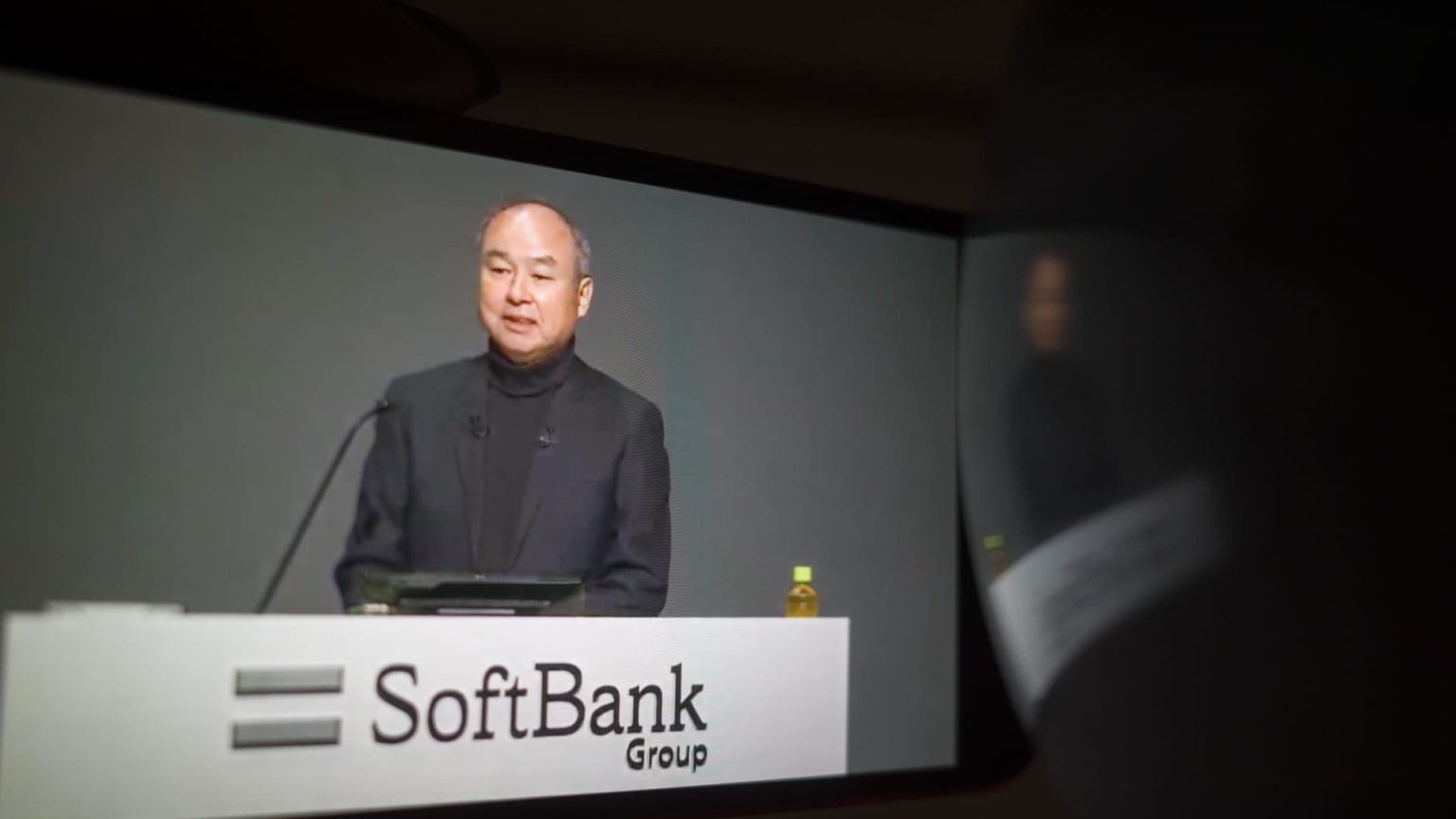SoftBank’s Vision Fund, the flagship tech investment arm, posted a 7.24 billion Japanese yen gain in the fiscal year ending in March, marking the first time the fund has been in profit since 2021. The Vision Fund segment reported a profit of 128.2 billion yen for the full fiscal year, a significant improvement from the 4.3 trillion yen loss the year before. The gain in the fund was attributed to the increase in value of investments in companies such as ByteDance and DoorDash, but there were also losses incurred from investments in companies like DiDi and WeWork.
The recovery in the Vision Fund helped SoftBank Group turn a profit in the fiscal fourth quarter that ended in March. The gain in the Vision Fund was largely due to the initial public offering of chip designer Arm, a subsidiary of SoftBank. However, excluding gains associated with investments in SoftBank’s subsidiaries, the tech investment arm still posted a loss of 167.3 billion yen. Despite this, there are positive signs of recovery for SoftBank, which has faced challenges from bad bets on tech firms and volatile markets.
In the March quarter, SoftBank performed better than LSEG estimates with net sales of 1.75 trillion yen and a net profit of 231.1 billion yen, surpassing expectations. Despite this, for the full year, SoftBank reported an overall loss of 227.6 billion yen, narrower than the 970.1 billion yen loss in the previous fiscal year. The Vision Fund had a challenging year in the previous fiscal year, posting a record loss of around $32 billion amid market volatility and setbacks in China.
SoftBank’s founder, Masayoshi Son, announced plans to shift the firm into “offense” mode, signaling a departure from a cautious approach to making more investments. The company has shifted its focus from an Alibaba-centric portfolio to one centered around artificial intelligence. SoftBank’s executives have expressed excitement about the potential for investments in AI technology and the future growth opportunities in the sector.
SoftBank’s growth into one of Japan’s largest companies was driven by early investments in companies like Alibaba, which have seen significant success over the years. The company has been reducing its stake in Alibaba and is looking towards new investment opportunities, particularly in the AI sector. Despite challenges in the past, there are positive signs of recovery and growth for SoftBank, as the Vision Fund begins to show signs of improvement and profitability.













